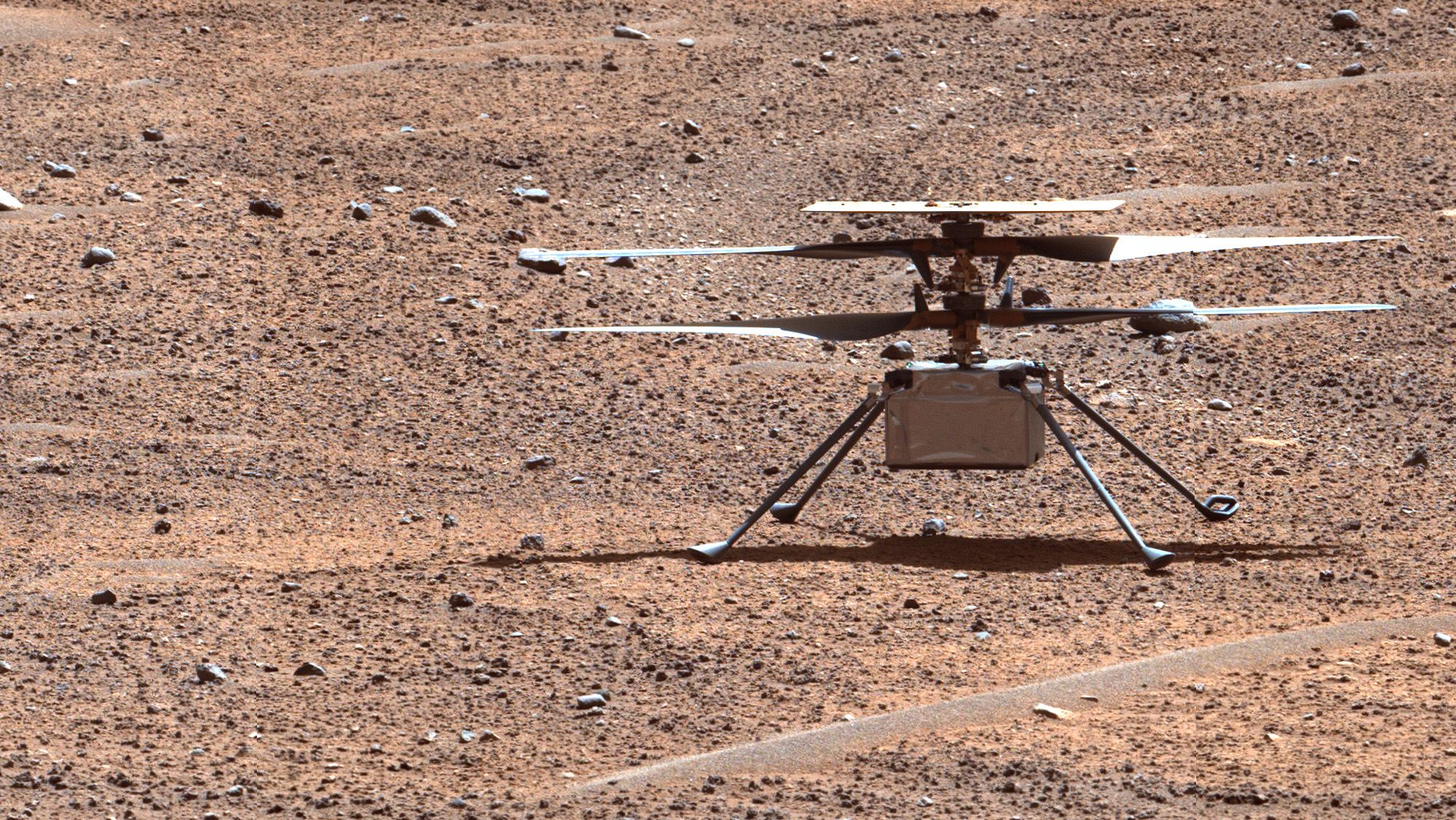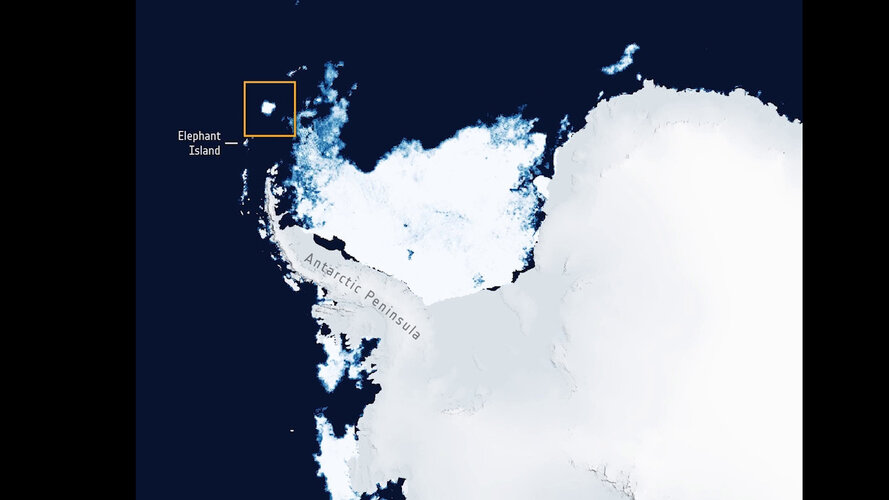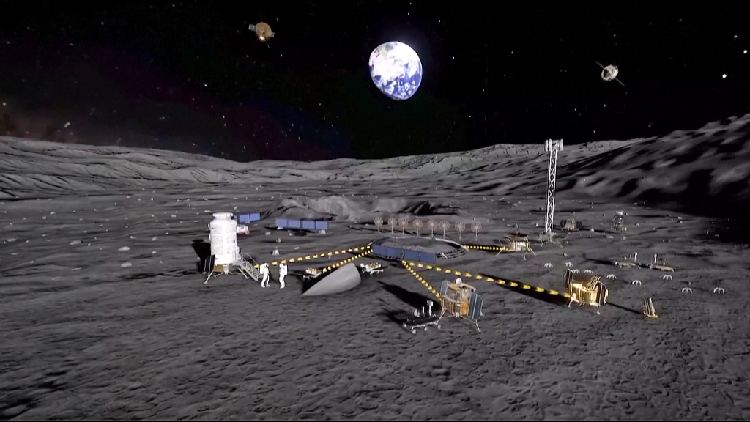There have been numerous robotic space missions reach the end of their operating life over the years and for a multitude of reasons. Be they catastrophic failure or a scheduled end but I must say one that has recently made me a little sad is the demise of the Ingenuity helicopter on Mars. It sustained damage after its recent flight and can now no longer fly. In a mission that was supposed to complete five flights in 30 days, the plucky little helicopter completed 72 flights over three years!
Continue reading “Ingenuity Suffers Rotor Damage, Ending the Mission”Another Asteroid Discovered Hours Before it Impacts the Earth
What were you doing last Saturday? As it turns out, I was doing something rather unexciting… Trying to fix my washing machine (I did – in case you are interested). At the same time, Hungarian geography teacher by day and asteroid hunter by night Krisztián Sárneczky was out observing and detected a small asteroid which it transpired was on a collision course with Earth!
Continue reading “Another Asteroid Discovered Hours Before it Impacts the Earth”Japan’s Moon Lander Is Lying On Its Side After Hitting Its Target
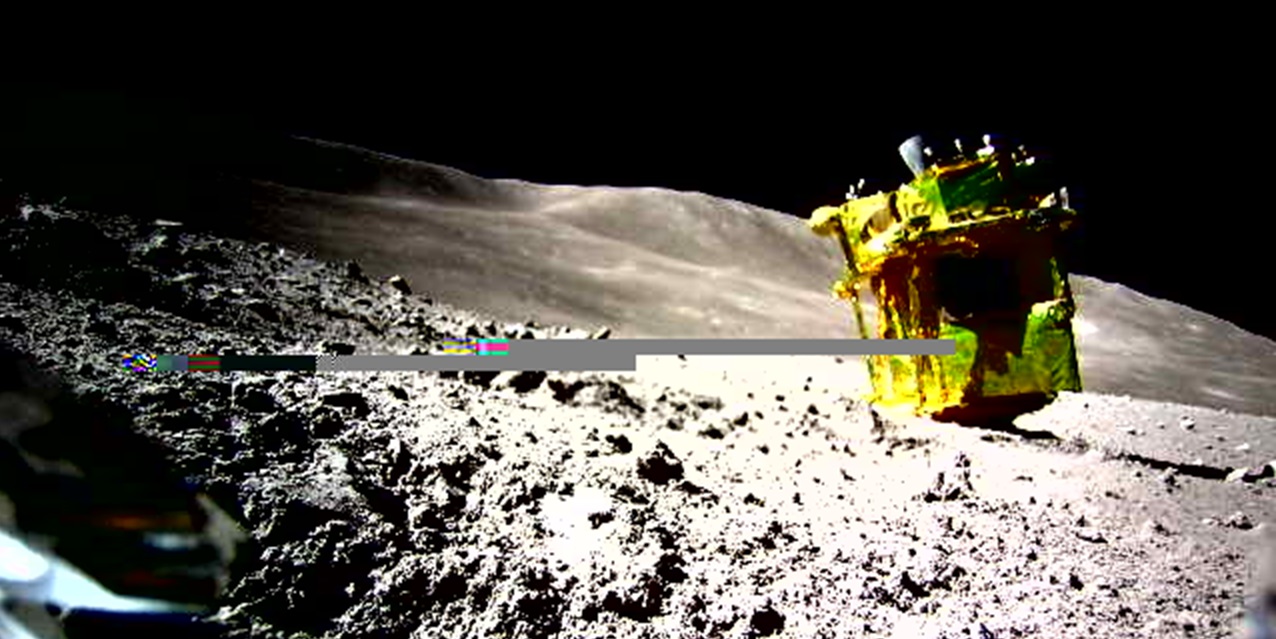
Now we know why Japan’s lunar lander wasn’t able to recharge its batteries after touching down on the moon last week: The spacecraft appears to have tumbled onto its side, with its solar cells facing away from the sun.
The good news is that the Smart Lander for Investigating Moon, or SLIM, achieved its primary mission of setting down within 100 meters (330 feet) of its target point — and that the mission’s two mini-probes, which were ejected during SLIM’s descent, are working as intended.
Scores of images were taken before and after landing. One of the pictures. captured by a camera on the ball-shaped LEV-2 mini-probe, shows the lander sitting at an odd angle with its thrusters facing upward and its solar cells facing westward.
To conserve battery power, mission managers at the Japan Aerospace Exploration Agency shut down SLIM after the probes transmitted the imagery they collected. But there’s still a chance that the sun’s shifting rays could provide enough power to allow for further operations in the week ahead.
Continue reading “Japan’s Moon Lander Is Lying On Its Side After Hitting Its Target”NASA 2024 NIAC Program Selects Deep-Space Hibernation Technology for Development
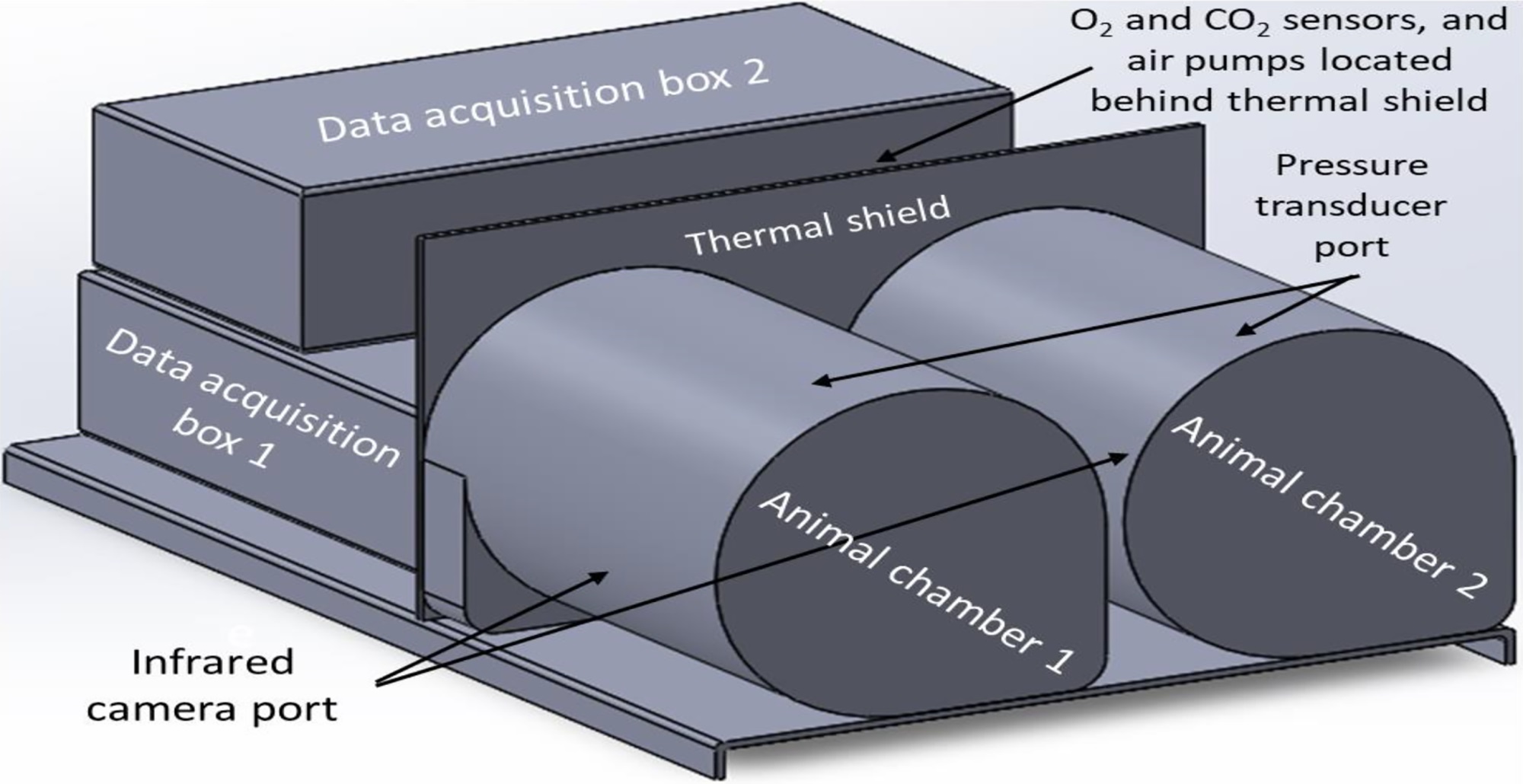
In the next fifteen years, NASA, China, and SpaceX will make the next great leap in space exploration by sending the first crewed missions to Mars. This presents many challenges, not the least of which is distance. Even when they are closest to each other in their orbits (aka. when Mars is in Opposition), Mars can still be up to 55 million km (34 million mi) from Earth. Using conventional propulsion (chemical rockets), a one-way transit can last six to nine months, which works out to a total mission time (including surface operations) of about three years.
That’s a very long time for people to be in microgravity, not to mention exposed to solar and cosmic radiation. To address this, NASA is investigating advanced propulsion methods that will reduce transit times and hibernation technologies that will allow crews to sleep through most of their voyage. This year, the NASA Innovative Advanced Concepts (NIAC) program selected the Studying Torpor in Animals for Space-health in Humans (STASH) experiment, a new method for inducing torpor developed by Ryan Sprenger and colleagues at the California-based biotechnology firm Fauna Bio Inc.
Continue reading “NASA 2024 NIAC Program Selects Deep-Space Hibernation Technology for Development”The World's Largest Iceberg Sets Sail for Adventure Beyond Antarctic Waters
In November 2023, the monster iceberg A23e finally dislodged from the seafloor after being grounded and stuck there for 40 years. A series of recent satellite images show that the mighty iceberg is now heading away from Antarctic waters, seeking fame and fortune in the high seas. A23a measures 4,000 sq kilometers in area and is over 280 meters thick, and is currently the world’s largest iceberg. Its first path will follow the Antarctic Circumpolar Current, heading towards South America.
Tiny Elephant Island, an ice-covered, mountainous island off the coast of Antarctica seen in the image above, has an area of only 215 sq km.
Continue reading “The World's Largest Iceberg Sets Sail for Adventure Beyond Antarctic Waters”China Reveals How it’s Planning to Search for Water Ice at the Moon’s South Pole
It’s been a big week for Chinese space exploration. First a successful test flight of Zhuque-3 and this week we learned of their plans to explore the Moon’s South Pole. Previous missions have even returned samples to Earth but the Chinese landers have yet to explore more southerly areas of the Moon. Chang’e-6 is due to launch in a few months to collect samples from the far side of the Moon while Chang’e-7 launches in 2026 to the Moon’s south pole.
Continue reading “China Reveals How it’s Planning to Search for Water Ice at the Moon’s South Pole”Why Venus Died
Venus is only slightly smaller than the Earth, and so has enjoyed billions of years of a warm heart. But for this planet, sometimes called Earth’s sister, that heat has betrayed it. That planet is now wrapped in suffocating layers of a poisonous atmosphere made of carbon dioxide and sulfuric acid. The pressures on the surface reach almost 100 times the air pressure at Earth’s sea level. The average temperatures are over 700 degrees Fahrenheit, more than hot enough to melt lead, while the deepest valleys see records of over 900 degrees.
Continue reading “Why Venus Died”Exoplanets: Why study them? What are the challenges? What can they teach us about finding life beyond Earth?
Universe Today has explored the importance of studying impact craters and planetary surfaces and what these scientific disciplines can teach us about finding life beyond Earth. We learned that impact craters are caused by massive rocks that can either create or destroy life, and planetary surfaces can help us better understand the geologic processes on other worlds, including the conditions necessary for life. Here, we will venture far beyond the confines of our solar system to the many stars that populate our Milky Way Galaxy and the worlds they orbit them, also known as exoplanets. We will discuss why astronomers study exoplanets, challenges of studying exoplanets, what exoplanets can teach us about finding life beyond Earth, and how upcoming students can pursue studying exoplanets, as well. So, why is it so important to study exoplanets?
Continue reading “Exoplanets: Why study them? What are the challenges? What can they teach us about finding life beyond Earth?”Exploring the Solar System with Swarms of Microprobes
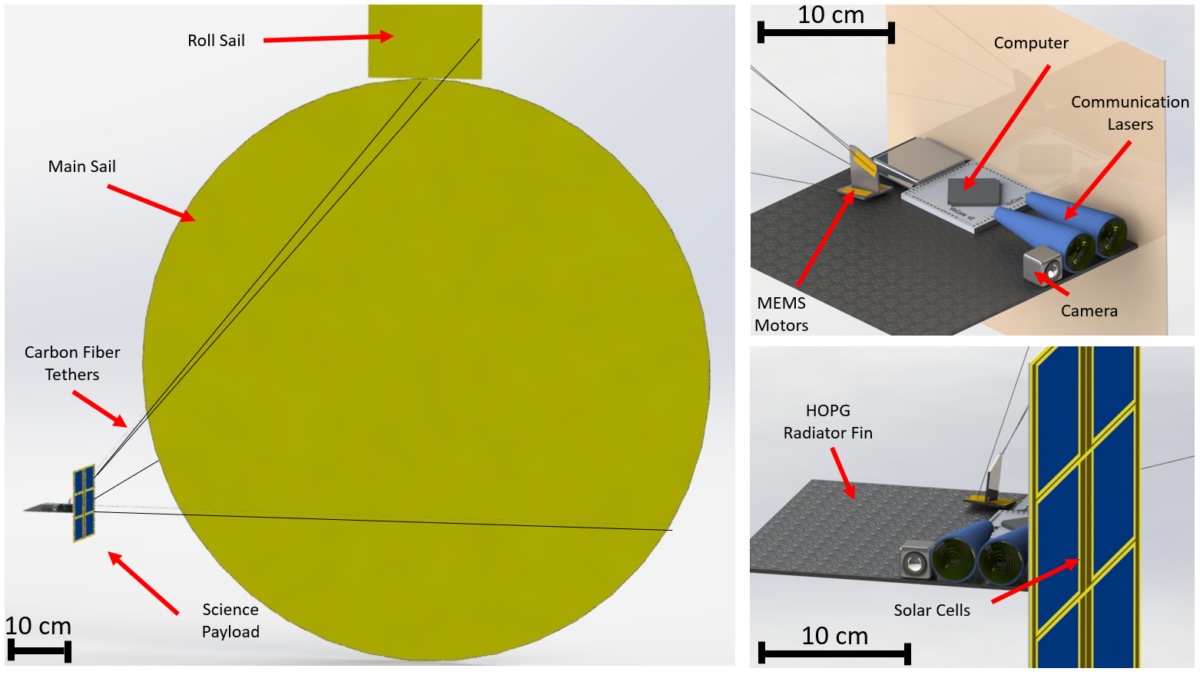
It’s satisfying to sit back and take stock of all the places in the Solar System that we’ve explored. The Moon came first, then over the following decades, we’ve sent spacecraft to Mercury, Venus, Mars, Jupiter, Saturn, Uranus, Neptune, and even distant Pluto. We’ve also explored some of the asteroid belt’s inhabitants and even several comets.
That’s an impressive list, but it’s still dwarfed by the number of objects we haven’t visited. Could swarms of microprobes help us expand our reach? New research shows that tiny, solar sail microprobes could complete a round trip to asteroid Bennu faster than OSIRIS-REx did.
Continue reading “Exploring the Solar System with Swarms of Microprobes”Webb Sees Dozens Of Young Quasars in the First Billion Years of the Universe
Within almost every galaxy is a supermassive black hole. Millions, sometimes billions of solar masses locked within an event horizon of space and time. They can power luminous quasars, drive star formation, and change the evolution of a galaxy. Because of their size and abundance, supermassive black holes must have formed early in cosmic history. But how early is still an unanswered question. It’s a focus of a recent study on the arXiv.
Continue reading “Webb Sees Dozens Of Young Quasars in the First Billion Years of the Universe”
